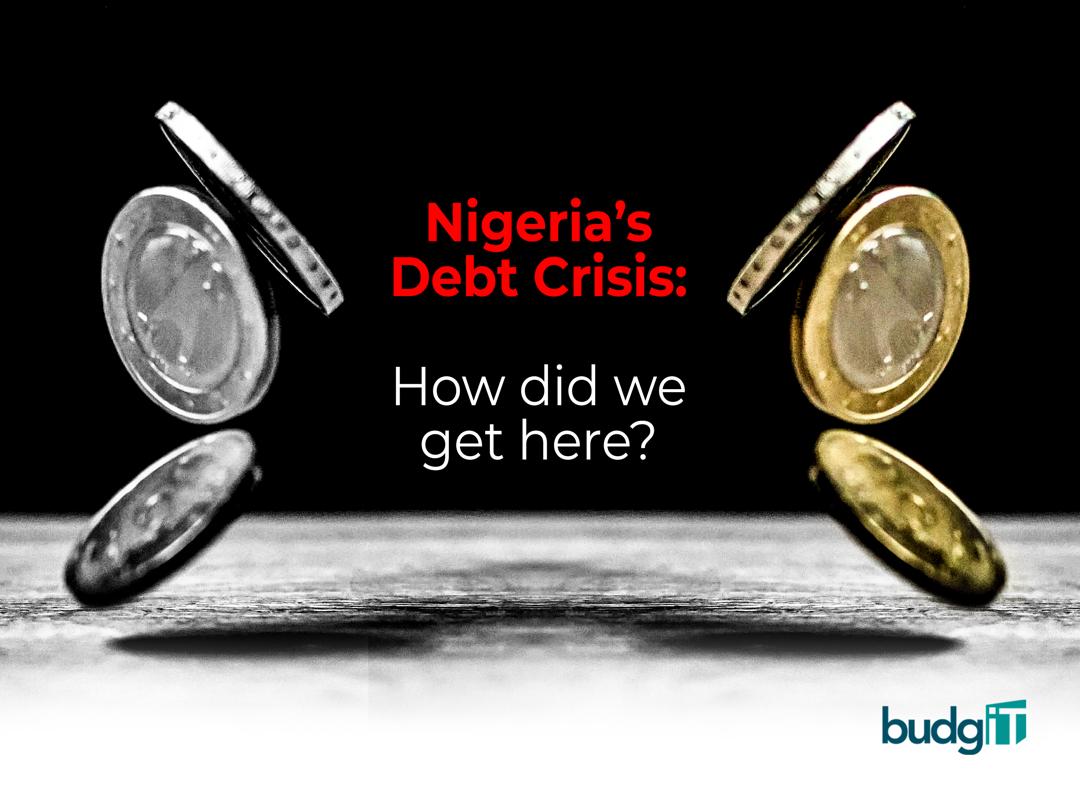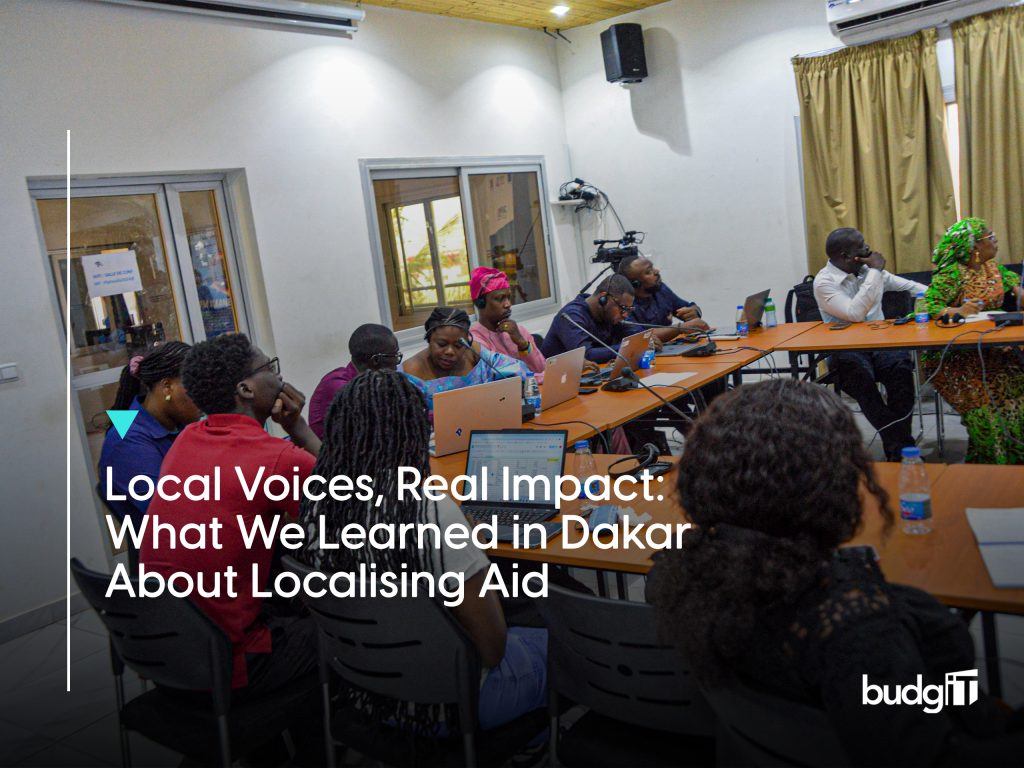Government debt in Nigeria represents the total amount of money that a government (federal or state) is obligated to repay its lenders, both within the country and internationally. This debt is incurred through borrowing to cover budget shortfalls, fund infrastructure initiatives, and support government spending. Domestic debts are loans obtained from local sources, including individuals, banks, and other financial institutions within Nigeria. It often comprises Treasury bills and bonds issued by the government. External debts are loans from foreign creditors, including international financial institutions, foreign governments, and private foreign entities. External debt can include bilateral loans (from one country to another) and multilateral loans (from international organisations). Foreign lenders include the Paris Club, the International Monetary Fund (IMF), the World Bank, etc.
Nigeria’s debt predicament has intensified to concerning heights, with forecasts suggesting that the nation’s overall debt could reach N187.79 trillion by the end of 2025. This scenario has arisen from a complex combination of factors, including extensive borrowing practices, currency devaluation, and inadequate financial governance. To understand how Nigeria reached this vulnerable economic position, it is crucial to analyse the historical background and the primary factors contributing to the crisis. The trajectory of Nigeria’s debt has changed dramatically over time. The federal government’s borrowings increased by 658% between 1999 and 2021, from N3.55 trillion to N26.91 trillion. This expansion was noticeable when foreign debt increased by more than 291% under former President Muhammadu Buhari’s administration. Following the 2023 general elections, Nigeria’s debt deteriorated significantly, increasing from N49.85 trillion to over N134.30 trillion within a short period. As of September 2024, Nigeria’s public debt totalled N142.3 trillion, equivalent to approximately N624,527 per person.
The first documented loan taken on Nigeria’s behalf by the British government came around 1923-1924; it was a figure within the region of £5.7 million with an interest rate of 2.5% per annum, payable over 20 years. By the end of 1936, Nigeria had taken a further loan of £4.89 million, taking the country’s total public debt stock to about £9.89 million. Looking into the history of Nigeria’s debt profile, up until the middle of the 1970s, Nigeria’s external debt (including short-term debts) was low. In 1970, the amount was $1.5 billion, of which over half was short-term; in 1975, it was $2.5 billion, with $1.35 billion being short-term. When the nation’s debt began expanding uncontrollably in 1977, things started to spiral out of control. Short-term debts accounted for $3.55 billion of the outstanding debt, which tripled to $ 7.5 billion in 1979 and to $ 8.9 billion in 1980.
Several key factors have contributed to Nigeria’s debt crisis over the years. Firstly, and most significantly, is Nigeria’s aggressive borrowing practices (and penchant for deficit spending). The Nigerian government increasingly relies on domestic and external borrowing to finance its budget deficits. As of mid-2024, domestic borrowing accounted for about 53% of the total debt, while external debts stood at approximately N63 trillion.
Secondly, the Naira’s depreciation has exacerbated the cost of servicing external debts. Following the Naira devaluation in June 2023 and June 2024, the exchange rate fluctuated dramatically from about N460 to N1500 per dollar, increasing the burden on existing foreign obligations.
Thirdly, the lack of fiscal discipline has been a critical factor in Nigeria’s debt accumulation. Despite regulations such as the Fiscal Responsibility Act of 2007 (FRA), which mandates borrowing only for capital investments and human development, these guidelines have often been ignored or poorly enforced, resulting in excessive borrowing and not necessarily connected to productive investments. This is a pointer to the need for a redraft of the FRA, which should include strict penalties for violation and the empowerment of the FRC with investigative and enforcement authority. Consequently, over 80% of government revenue is now allocated to servicing debts, leaving minimal funds for essential services like health and education. The rising interest rates have held the country’s debt servicing in a chokehold. Interest rates worldwide have risen, putting additional pressure on Nigeria’s capacity to handle its debt responsibly. The surge in borrowing costs has made it increasingly difficult for the government to meet its financial commitments without taking on more debt.
To tackle Nigeria’s debt crisis effectively, policymakers must embrace a comprehensive approach that integrates fiscal discipline, economic diversification, and thoughtful debt management. Initiating fiscal reforms is essential, beginning with implementing a zero-based budgeting (ZBB) system to guarantee that every financial allocation is substantiated and in line with national objectives. This is achievable when the government aims for efficient fiscal performance. While it is conceded that ZBB is not a fix-all solution, since it requires detailed information on the performance of government programs (something which is significantly lacking) among other things, ZBB can bring about reform of two key components of the budget cycle, in serious need of reform: the formulation and approval stages.
Improving transparency regarding government expenditures and borrowing is critical, which can be achieved by releasing detailed reports on debt responsibilities and spending distributions. It is unclear if the country is committed to providing a transparent and holistic analysis of the implications of its debt position, as it affects the entire government. The nation’s comprehensive Debt Sustainability Analysis reports, which have been a routine publication since 2008, appear to have ended with the entrance of the new administration. This increased transparency will foster trust among citizens and international stakeholders, leading to better oversight and accountability.
Economic diversification is another vital tactic, as Nigeria’s significant dependence on oil exports for the bulk of its revenues makes it susceptible to global oil price changes. Prioritising the growth of non-oil sectors such as agriculture, manufacturing, and services can help diminish this risk and generate new revenue sources. Providing incentives to draw foreign and domestic investments into these areas, such as tax incentives and infrastructure assistance, can further support growth.
Regarding debt management, restructuring current debts to lengthen repayment timelines or lower interest rates whenever feasible can offer immediate relief. Furthermore, debt-to-equity swaps for strategic assets can alleviate debt pressures while inviting private-sector investment. While this administration’s debt forgiveness campaigns have questionable implications, adopting measures restricting borrowing and simultaneously expanding the nation’s production and revenue base will do better to address the country’s structural challenges.
Strengthening the Debt Management Office (DMO) to refine debt management practices and ensure adherence to fiscal responsibility laws is vital by making sure that violators undergo the consequences such as prohibition from borrowing from internal or external sources as stated in the fiscal responsibility law (part IX, 42,6a-6b). The Fiscal Responsibility Commission should enforce adherence to fiscal responsibility laws, including borrowing guidelines issued by the Debt Management Office (DMO). Improved legislative oversight of borrowing choices will also promote accountability and transparency through the strengthening of legal frameworks and improvement in the capacity of the Legislators to evaluate, assess, and analyse debt information, and independent review mechanisms through independent experts and Civil Society Organisations with competence in debt analysis. Engaging with international financial institutions, such as the IMF and World Bank, the Article IV document of 2024 noted Nigeria’s debt challenges. Still, it did not explicitly address Nigeria’s rising debt-service-to-revenue ratio at 156.77%. There is a need for consultations to address the underlying issues attached to Nigeria’s debt and debt servicing. While the IMF cannot compel the Nigerian government to take a more circumspect position on debt, it can better engage with the government to sound clear warnings on the danger of limited fiscal space and work with Civil Society to strengthen their capacity to demand improved debt communication and management. Working with regional partners to exchange best practices in debt management and economic diversification can also provide advantages.



